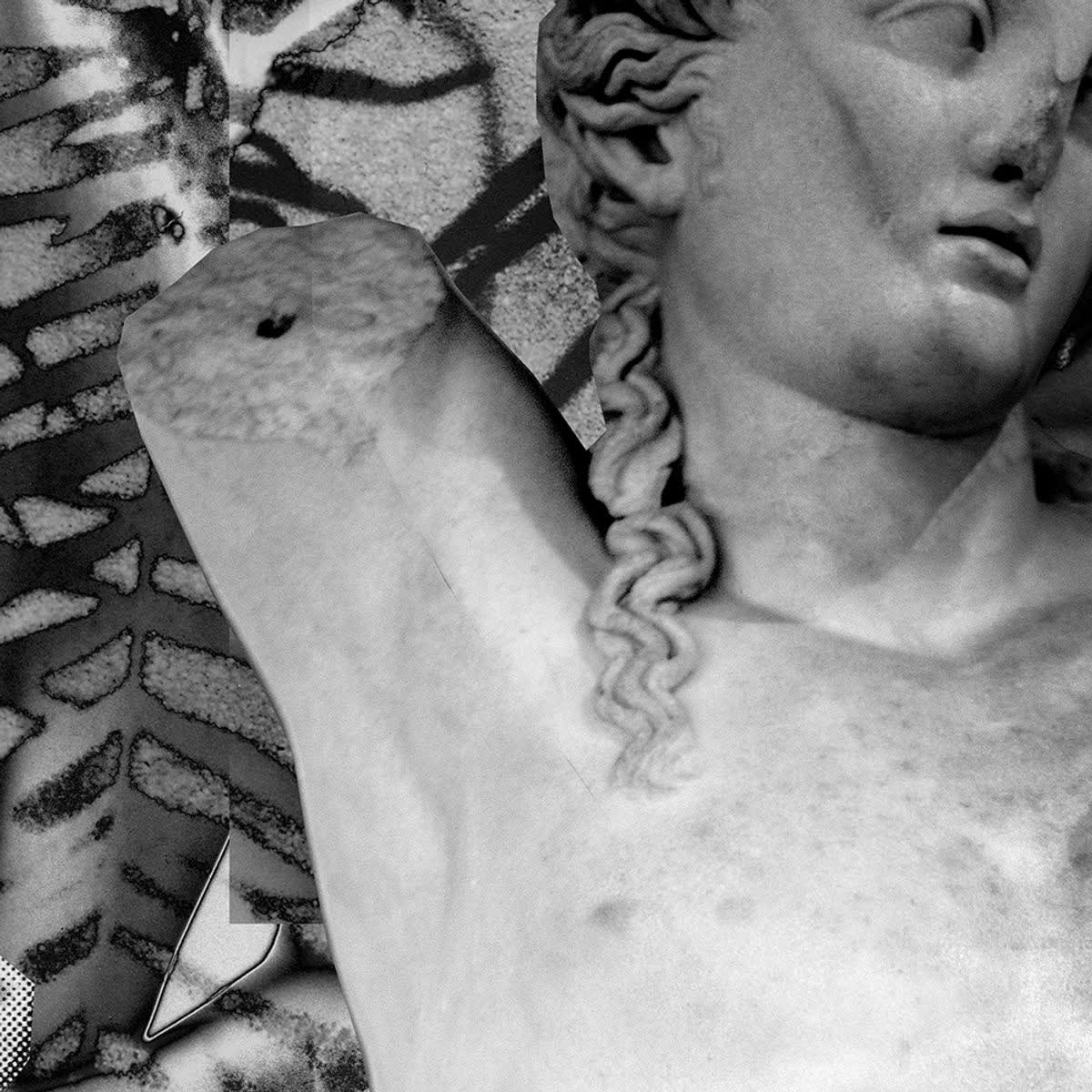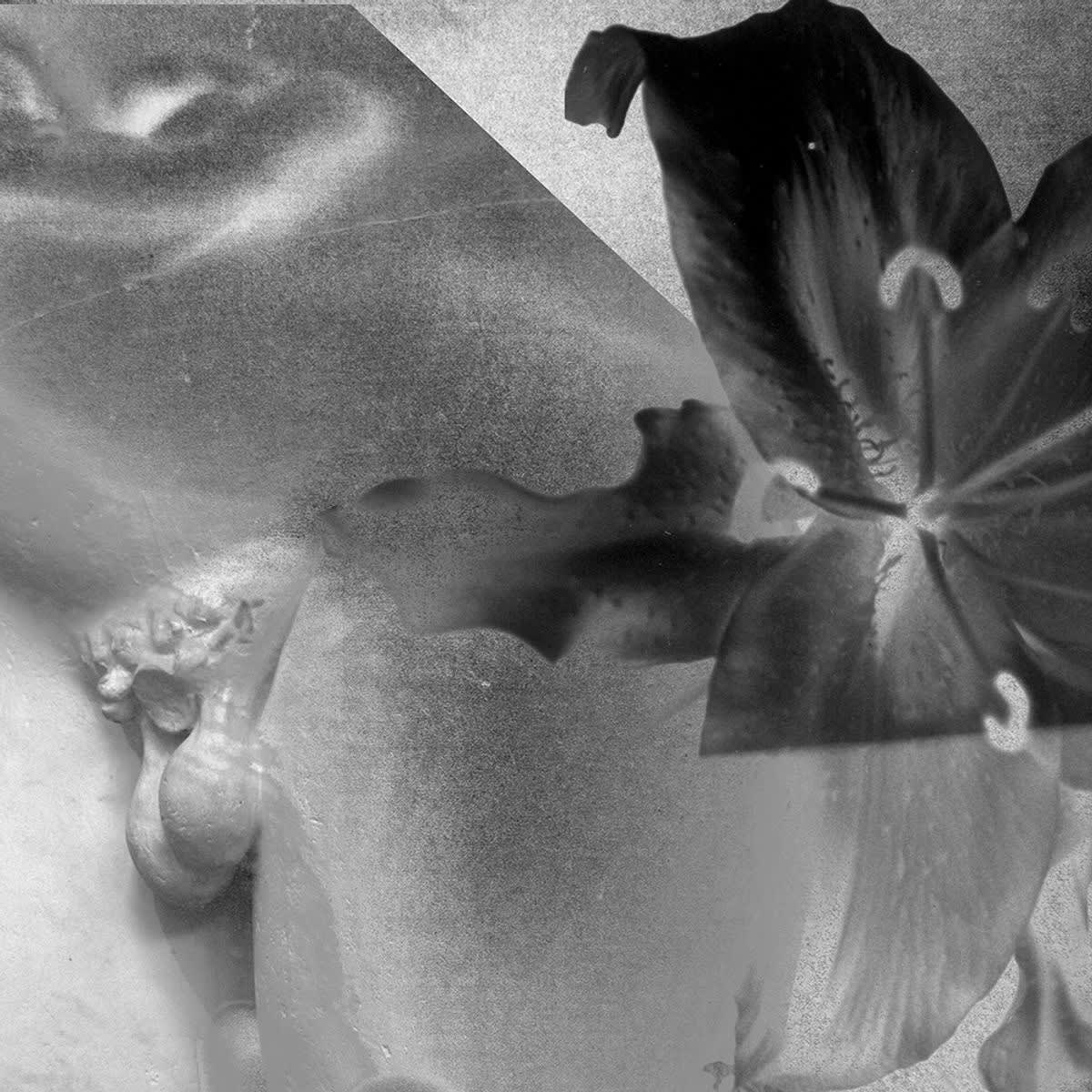SELFIES AND SEX: ARTIST MAYUMI HOSOKURA IS RE-THINKING THE MALE GAZE
"We need new skin. It could be something like fur, like the scales of a snake, like the downy hairs of a plant, like glowing glass. It obscures our previous category just as manipulating one of the genes leads to a tomato with a moth gene and a sheep with a frog gene," reads Japanese artist MAYUMI HOSOKURA'S statement for her latest project, New Skin. "I am a man as well as a woman, and I can be an animal, plant, or dead matter."
Mayumi Hosokura's work might be ambiguous, reliant on imagination, and at times hard to comprehend. But one thing is astutely clear: Mayumi Hosokura is affected by Donna Haraway's writings. Taking the famed scholar's ideas of blurring boundaries between a multitude of bodies – man and woman, human and animal, living and non-living beings – she breaks down boundaries in favour of hybrid organisms.
Her new book from MACK publishing, which follows the critical acclaim of Transparency Is The New Mystery (MACK, 2016) visualises this conundrum through a large-scale digital collage which Hosokura created using clippings from old gay magazines, statues, and found selfies, together with her own photographs — specifically choosing to use images of male figures only. Why? To re-think the male gaze.
Drawing on feminist theory and current technological innovations, New Skin anticipates the future of the body in a time of advancing digital and bio-technologies. LOVE caught up with the artist on the effects of her film and photography, why she chose to use only male figures, and how an unbridled imagination is key to unpacking her oeuvre.

MAYUMI HOSOKURA. IMAGE FROM NEW SKIN (MACK, 2020). CREDIT: COURTESY OF THE ARTIST AND MACK
LOVE: Why did you choose to use only male figures?
MH: I've used nude images of both male and female figures in my past works. But I was really influenced by male figures captured by male photographers and movie directors like Jack Pireson, Wolfgang Tillmans, and Gus Van Sant. I started New Skin to show my respect of their work. Of course I am a woman, but I learnt a lot of things, like how to see male figures with joy. Its a little bit complicated, but for me it's so natural.
LOVE: When did you first start working on the book and the films? Did one format come before the other?
MH: I started to take photographs when I was in High School because there was a big movement called 'Girls Photo' in Japan. I started my career as a photographer, but I also started making films about 7-8 years ago. At that time, I was bored with using only photographs, so I wanted to mix photography and films in the gallery.
LOVE: What was the first image in the book that you knew you wanted to publish?
MH: It's difficult to indicate exactly one image, because I made one big collage and then I cut into 12 pieces…I made 66 big collages and all the images were cut to 12 pieces, so finally I got 792 images. I wanted to publish the book when I saw a lot of equivalent images. All images are different, but at the same time all images are same.

LOVE: You used a lot of collage for both the book and the film, has this always been your primary medium?
MH: I started to use collage about 2-3 years ago, before New Skin. But it was more simplistic, like only juxtaposing 2 or 3 different images. But I really enjoyed it, so I wanted to use collage if I could think of a good theme to use it for. In the New Skin series, I wanted to mix different sexual gazes. I used my male portrait works, pictures of male sculptures in museums, cut-outs from gay magazines, and selfies of Korean men on the internet… all different gaze or desires: the gaze which comes from me (a woman) to man, from man to man, from man itself to their body. I thought collage was a good way to mix different gazes and views.
LOVE: What was your most used source of imagery for New Skin? Whether it was your own images, found images or other?
MH: I used images from different sources. They have all different textures: high-resolution digital images, analogue film, low-resolution digital etc…. I think they are all equivalent, but this time the most important images are cut-outs from magazines. The printed images are constructed with printing dots, the half-tone dots gave differing views between micro and macro when we see these images. This effect is really important to make films as well. The scaling up and down action is super familiar for us to see in images on the computer and some other mobiles in these times. Dot is the key to how you see and touch images.
LOVE: What do you hope viewers take away from the imagery you've created?
MH: Mixing my desires with those of others. The act of imagining. Not fixing the point of view: A change.
Buy Mayumi Hosokura's new book here

